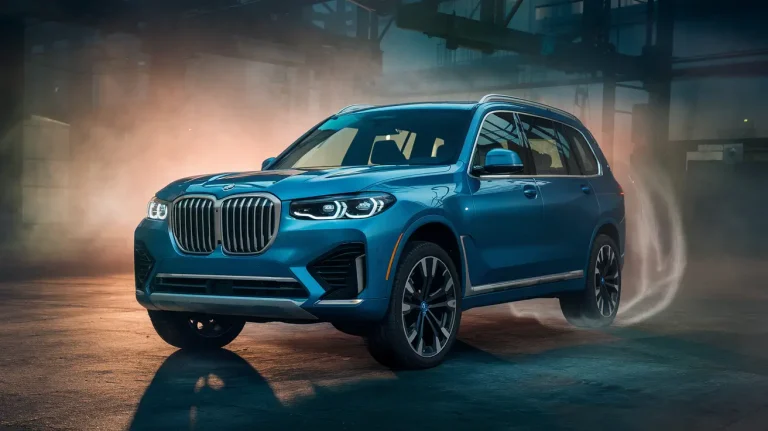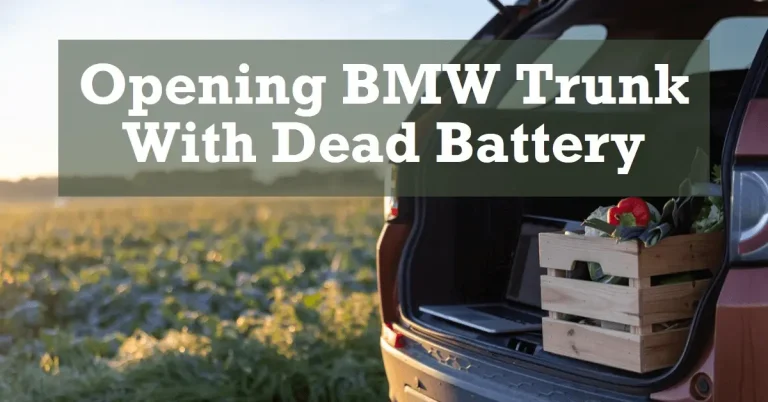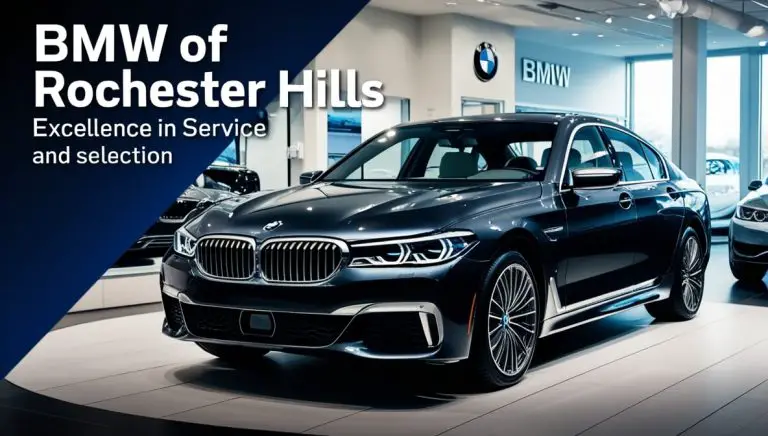What is a BMW E36? A Complete Guide
The BMW E36 is one of the most iconic sports sedans ever produced by the legendary German automaker. This beloved chassis was produced from 1990 until 2000, spanning a complete decade and serving as the third generation in the coveted 3 Series lineage.
For BMW enthusiasts and casual admirers alike, the E36 has left an indelible mark on automotive history. It refined and redefined BMW’s core values of precision handling, dynamic performance and everyday usability.
So what exactly is the BMW E36, and why does it hold such an important place in the pantheon of great BMWs? This complete guide will explore the history, models, buying tips and legacy of the E36 to help you understand why it remains so popular among drivers and collectors today.
History of the BMW E36
The E36 was introduced in 1990 as the successor to the E30 3 Series range. This new chassis brought the 3 Series into the modern era with a completely redesigned body and range of new engines.
While some BMW purists were skeptical at first, the E36 proved to be a huge leap forward for the 3 Series in nearly every way. It was larger, safer, more comfortable and significantly more aerodynamic than the beloved E30 it replaced.
Several variants and trims were available throughout the decade-long production run of the E36. In 1995, BMW released an updated version with subtle styling tweaks and mechanical improvements. But the core formula remained largely unchanged from the E36’s introduction until the end of production in 1999.
BMW E36 Models and Engines
Several different models and engine configurations were available on the E36 3 Series chassis:
- 4-Cylinder: The entry-level 318i and 318ti came equipped with BMW’s M42 1.8L 4-cylinder engine. These offered adequate performance in a more affordable package.
- 6-Cylinder: More powerful inline-6 engines powered the 325i, 328i and M3 models. Displacements ranged from 2.5L to 3.2L, providing silky smooth power delivery and legendary BMW character.
- M3: The high-performance M3 represented the pinnacle of the E36 lineup. Equipped with BMW’s S50 and S52 inline-6 motors, the E36 M3 captured the world’s attention with its incredibly responsive handling and potent track abilities.
BMW E36 Body Styles
The E36 3 Series was sold in several distinct body styles:
- Coupe – Sporty and stylish 2-door
- Sedan – Practical and popular 4-door
- Convertible – For open-top cruising
- Compact – Only available in US, shortened hatchback variant
- Touring – Wagon model sold outside US
- Baur Convertible – Rare retractable hardtop version
This diverse range of models and configurations ensured that the E36 appealed to a wide audience of buyers with varying needs.
BMW M3 Overview
The high-performance BMW M3 undoubtedly stands out as the most coveted version of the E36 lineup. It served as the pinnacle of BMW’s “Ultimate Driving Machine” ethos throughout the 1990s and into the next millennium.
Equipped with a powerful inline-6 engine, either the US-spec S50B30 or the Euro-spec S50B32, the E36 M3 possessed imposing performance numbers for its day. 0-60 mph acceleration took as little as 5.5 seconds, an unthinkable number even for many modern family sedans.
The M3 was offered in coupe, sedan and convertible body styles. But the coupe is often considered the ideal platform for its lightweight construction and neutral handling balance. On both the street and track, few cars could compete with the precision and poise of an E36 M3 Coupe.
Buying an E36 M3
For driving enthusiasts today, the E36 M3 presents an affordable entry point into classic BMW performance. But what should you look out for when purchasing one of these icons? Here are some tips:
- Mileage – Look for cars with over 150k miles. The 100k major service is critical, so higher mileage examples tend to be better sorted.
- Service History – Try to find an car with documented maintenance records. This provides confidence in how the car was cared for.
- Ask Questions – Inquire about number of owners, modifications, tracked usage and accident history. More info is better.
- Inspect Thoroughly – Check underbody, suspension, interior, lights, glass and drivetrain thoroughly. Take it for an extensive test drive in all conditions.
- Make an Offer – Point out any issues to ask for a lower price. But expect to pay premium prices for the best examples.
With over 100k units produced, the E36 M3 is more attainable than its earlier E30 M3 predecessor. But purchase prices continue to rise, especially for clean, low-mileage coupes.
Common problem areas to look out for are cooling system failures, oil leaks, suspension wear and interior electronic glitches. However, all of these issues can be resolved with restoration and maintenance.
Maintaining and Modifying an E36
The good news is that maintenance and restoration parts for the E36 continue to be widely available. From OEM BMW replacement components to affordable aftermarket upgrades, there are ample sources to keep your E36 on the road.
Repairs like cooling system replacement, VANOS rebuilding, clutch replacement and suspension bushings are easily DIY’able for any competent hobbyist mechanic. The straight-6 engines respond extremely well to basic bolt-on modifications like intake, exhaust, chip tuning and lightweight flywheels too.
Perhaps the greatest strength of the E36 as an enthusiast’s car is this immense range of maintenance parts and tuned upgrades readily available in today’s market. It’s possible to build anything from a gently modified street cruiser to an all-out track weapon utilizing the E36 chassis.
Why the E36 M3 is an Excellent Platform
The E36 M3 remains incredibly popular among BMW fans for several compelling reasons:
- Affordability – Prices are still reasonable compared to earlier classics
- Tuning Potential – Responds extremely well to basic bolt-on modifications
- Daily Driving – Comfortable and practical for regular use
- Track Capabilities – Near perfect weight balance and handling dynamics
Few other automobiles check so many boxes when it comes to striking a perfect balance between price, usability, tunability and performance. The E36 M3 simply does it all exceptionally well.
The Legacy and Appeal of the E36 M3
In summary, the BMW E36 M3 holds an important place in history as the pinnacle model of the 3 Series range during an era where BMW established itself as the premium driving brand.
The E36 M3 took the BMW ethos to new heights and played an pivotal role in cementing the M3 as the definitive sports sedan. It set new standards for everyday usability and accessibility in a high-performance package.
Even among non-enthusiasts, the E36 remains one of the most recognizable BMW models ever produced. Its attractive styling and proportions have aged gracefully. And for devoted Bimmer fans, the E36 M3 represents one of the last analog normally-aspirated BMWs before the rise of turbos, SMG transmissions and complex electronics.
For all of these reasons, the E36 is emerging as a desirable modern classic with strong collector potential. As the youngest BMW to be considered a legitimate classic, this platform will only continue gaining value and prestige in the years to come.
Conclusion
The BMW E36 3 Series left massive shoes to fill following on the heels of the legendary E30 generation. But the E36 forged its own legacy through its evolutionary design, expanded model range and accessible performance.
It refined BMW’s core values and cemented the brand as the pinnacle of sports sedan engineering and performance. For BMW fans, the E36 M3 Coupe remains one of the purest expressions of The Ultimate Driving Machine. Its lasting popularity and appeal are a testament to the special formula BMW captured with the E36.
So in summary, the BMW E36 can best be described as this: one of the most successful, widely recognized, and highly coveted sports sedan chassis that BMW has ever produced. For all of its significance and impact, the E36 has undoubtedly earned its place among the BMW greats.







